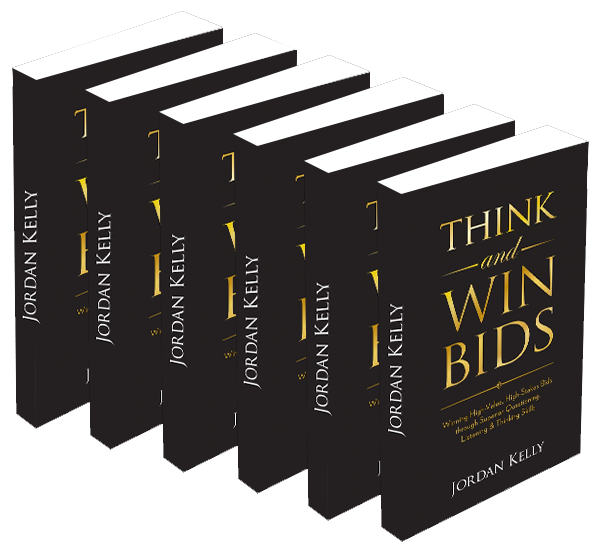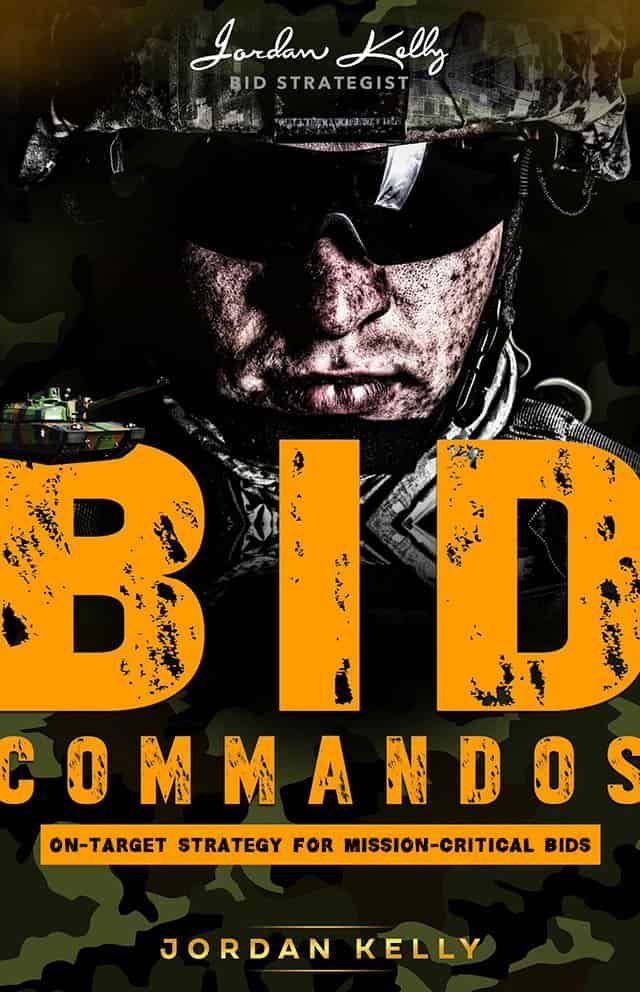CATEGORIES:

Whenever I start working with a company, the first thing its client-facing executives invariably tell me is how well they know the organisation they have submitted – or are about to submit – their latest bid to.
But here’s the interesting thing:
When I look at their bid documentation, very little of this supposed knowledge comes through . . . even in key, “qualitative” pieces like the Executive Summary.
Here’s the reality for most bidders:
For all their “confidence” over the quality of research supposedly conducted into, along with their confidence over the quality of the organisation’s relationship with, the prospective client – it doesn’t show up in what they present to those clients.
Why not?
There are three critical steps to making sure what you know about a client and its procurement not only informs your Expression of Interest (EOI) and Request for Proposal (RFP) responses, but that it wins them for you.
Note: Each of these three steps requires your Business Development (BD) and other client-facing executives to work closely with your bid production team and writers to ensure you’re getting key intermediary processes right.
The Concept Is Simple but Executing It Isn’t
These three steps are simple in principle – but executing and bringing them all together is often less than easy.
In summary, the three processes are:
1. Doing the right research and asking the right questions.
There are, in turn, three critical keys to asking the right questions.
They are:
- Thorough and intelligent prior research (to enable strategic question planning);
- Quick-mindedness (to know where to take the line of questioning from there) and tenacity (to follow that line all the way through), and
- Listening skills par excellence (to hear both the content of the client’s answers and the underlying concerns and motivators).
2. Capturing the resultant information effectively and bringing it ‘home’ to the bid team to inform the bid strategy.
Let me say here that I have never yet seen the use of templates and software result in deep and meaningful (or any other definition of effective) information capture.
These generally produce surface-level, “one-sentence per field” or sketchy bullet-pointed information at best. They’re also considered an embuggerance by the BDs and salespeople . . . a post-event ruination of an otherwise enjoyable client interface.
To whatever extent it is possible to take at least keyword written notes during a client interface, this is greatly preferable. These should then be fleshed out at the earliest possible opportunity (in the client’s car park, even), to minimise the erosion of remembered points and detail.
3. Converting that raw information into intelligence.
There is a common misnomer in use in this field: it’s the use of “information” as synonymous with “intelligence”.
Information and intelligence are not the same thing. Information becomes intelligence only when it is taken apart, considered and processed in such a way that it becomes meaningful in the specific context of the pursuit or bid in question.
Unprocessed “information” is nothing more than raw data.
One of the classic approaches to converting “information” into “intelligence” is to take a piece of data and ask, “So What?” i.e. in terms of the pursuit in question.
The problem is, most strategists and their workshop participants don’t dig down deep enough:
The answer to a well-asked “So What?” will, more often than not, lead to another question . . . and that question will most likely be a quality question. In turn, the answer to that question must be found – or at least the best possible assumption made.
Thus, the process of converting information into intelligence has a number of layers, the number of which is not determinable from the outset. And the process of drilling down through those layers is most certainly not usefully guided by any form of “template” (although that’s the standard approach).
While the above is little more than a basic outline of the overall process, conduct these steps thoroughly and competently, and you’re light years ahead of most of the big-ticket bidders out there today.
BID COMMANDOS
On-Target Strategy for Mission-Critical Bids
(Training Program)
BID COMMANDOS is my "blockbuster", comprehensive, 11-module training program.
It's intricately formulated to ensure your team excels at every stage of a formal bidding process . . . from the initial bid/no bid analysis, through research and intelligence-gathering, through the strategy development and documentation process, through strategic and compelling writing and competent editing, and on through the shortlistee presentation stage, right through to optimisation of client de-briefing session/s.
THINK AND WIN BIDS
Winning High-Value, High-Stakes Bids through Superior Questioning, Listening & Thinking Skills

(Book)
The three fundamental skills of a genuinely sharp, sustainably successful bid professional are the ability to think, listen and ask quality questions.
Furthermore, formulating successful business development and bid strategies is the process of well-directed research and thinking; not the product of tools and templates.
Ideal to ensure all members of the bid team are, philosophically, on the same page,
Think and Win Bids
is also offered as a six-pack
(six books for the price of five).



